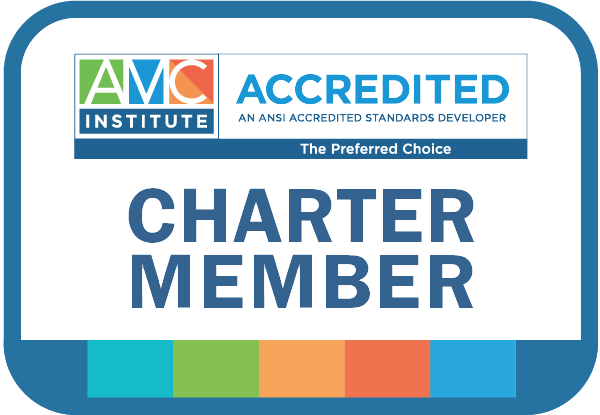Strategic Planning for Associations: If You Don’t Plan, You Will Fail

Associations must constantly look for ways to improve, give value, grow and reach their goals. This is how they stay relevant and attract members. However, if you don’t have a plan for achieving success, your association is far more likely to fail.
That’s where strategic planning comes into play.
A staggering 49% of nonprofits don’t have a strategic plan in place, which makes it all the more clear why nearly 48% of nonprofits don’t meet at least half of their strategic goals.
In this blog, we’ll go over the fundamentals:
- Definition of strategic planning for associations
- Benefits of having a strategic plan in place
- How to begin the process
- How your association can track its progress
[Related: Your Guide to Nonprofit Succession Planning for Boards]
What Is Strategic Planning?
The definition of strategic planning for associations is pretty straightforward. It’s the process of creating a ‘road map’ that guides your association through different steps to identify and accomplish its goals within a set time frame.
This involves setting your strategies and goals, then documenting a plan of action to achieve those goals while improving operations along the way.
Benefits of Strategic Planning for Associations
Overall, strategic planning for associations has an array of benefits. Most importantly, it’s an accessible and collaborative way to get leaders working together toward the same objectives.
When everyone on the team knows the goals they’re working to achieve, their specific responsibilities, the timeline and the necessary steps, it can create a powerful collaborative environment.
The planning process should reveal your association’s strengths and weaknesses. It gives your organization a clear picture of what and where it is and what it wants to become.
[Related: Board Recruitment Plan: How To Build an Effective Board of Directors]
How To Begin the Process
To start the strategic planning process, you must assess your association. Analyze its strengths, weaknesses, opportunities and threats. Determine its position in the marketplace and where you want it to be. Additionally, review your association’s values and purpose, and determine what actionable steps and core principles can make up your strategic directions.
Afterward, you can discuss measurable objectives for your team and each objective’s priorities. Make sure to include metrics and a desired timeline so you can measure your plan’s success.
These steps should follow the SMART goals template, with these qualities:
- Specific
- Measurable
- Attainable
- Realistic
- Timely
[Related: Measuring the Effectiveness of Your Association Management Company]
How To Measure Strategic Planning Progress
Part of strategic planning for associations is knowing how to measure the progress you make. Associations need to develop a timeline with milestones and benchmarks, and your timeline should include measurable goals that you can track.
Additionally, associations should schedule regular meetings and check-ins to review and evaluate the current strategic plan and the progress you’ve made toward each goal. These meetings are great times to make any necessary adjustments.
Through a membership survey, you can also gain insight into the process from the perspective of your company’s members, ensuring alignment and transparency in your strategic planning efforts.
Put Your Plan Into Action With CM Services Today!
When you implement strategic planning properly, it can smoothly guide your association toward success while helping everyone stay aligned. Whether you’re looking at short- or long-term goals, a good planning model can boost productivity and collaboration.
At CM Services, we help associations like yours overcome challenges and meet goals with professional services like these:
- Strategic and operational planning
- Project management
- Board management
- Committee management
- Association membership recruitment strategies
Contact us today for further information and support!
Featured image via Pexels


